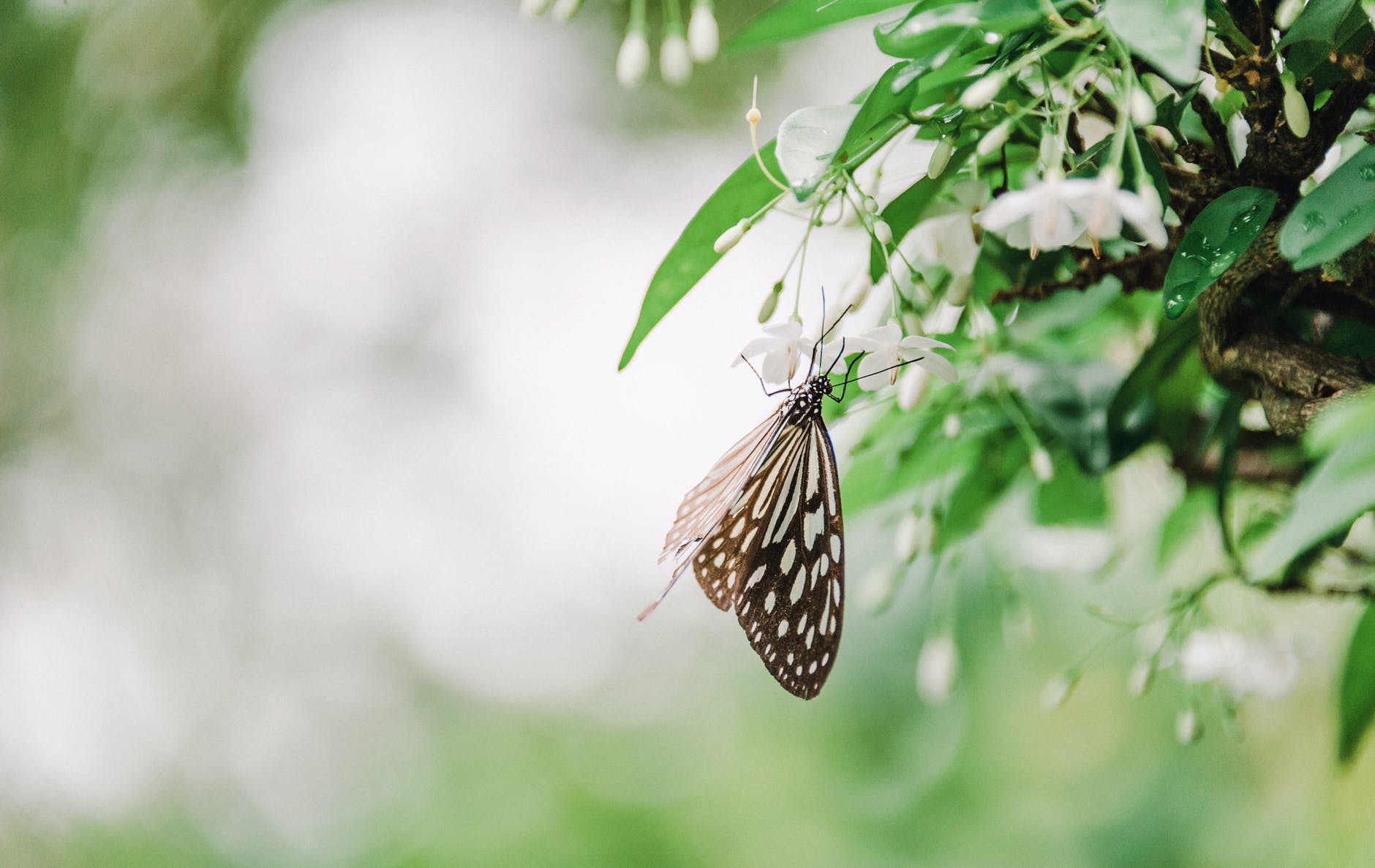
“We cannot say we love the land and then take
steps to destroy it for use by future generations.”
~Pope John Paul II
Humans used to use all of the parts of acquired resources. The bison gave meet and clothing and tools; nothing was wasted. On a person level, Sustainable living is the concept of living lighter, using all of the parts, and recycling or upcycling items no longer in use. On a regional level, sustainability is the environmental services providing enough for the amount of use without deteriorating the supply.
As consumers our choices influence what manufacturers and producers offer. If the lighter and less-wasteful versions sell more, then the lighter options will become cheaper and more common. Buying local is good for the local economy, but it also cuts down on transportation pollution. In a market economy the buyers have power to push for new technology, less waste, and decreased impact on the environment by producers and industry.
Services provided by the local environment include clean air, clean water, food, pollination of food crops, soil regeneration, tourism, and recreational enjoyment. Sustaining each of those services means sustaining multiple services. Degrading one of the services means degrading multiple services. Degraded clean water filters into decreased soil regeneration, decreased tourism dollars, and increasing processing costs to clean the water. Sustaining our regional ecosystem means making sure all the pieces are regenerating at the level of use.